I tried tracking custom metrics with and without flushing it. However, the metrics only intermittently shows up in Application Insights under the "Custom" section. First question: Is it required to run "flush()" after every single "TrackMetric(metric)" call in order for the telemetry to be sent to Application Insights? Second: Why is there this intermittent behavior? I'm only writing one metric at a time, so it's not as if I'm overloading Application Insights with thousands of separate calls. Here is my code (This is from a simple Console App):
public class Program
{
public static void Main(string[] args)
{
var telemetryClient = new TelemetryClient()
{
Context = { InstrumentationKey = "{{hidden instrumentation key}}" }
};
var metric = new MetricTelemetry
{
Name = "ImsWithContextMetric2",
Sum = 42.0
};
telemetryClient.TrackMetric(metric);
telemetryClient.Flush();
}
}
I'm also getting this strange behavior in Application Insights in which the custom metric I add shows up under a "Unavailable/deprecated Metrics" section. And a metric that I didn't even add called "Process CPU (all cores)" pops up under the "Custom" section. Any ideas why this strange behavior would occur?:


